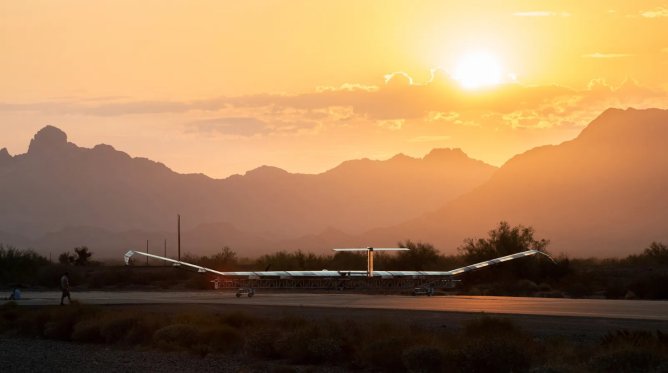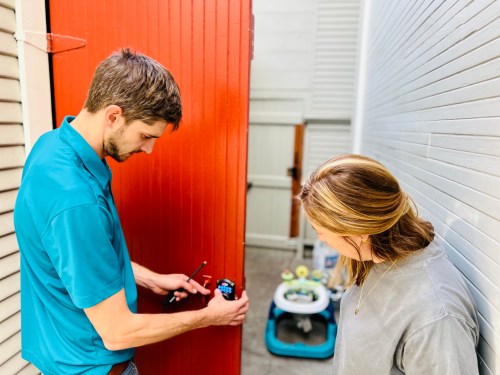The Birth of a Billion-Dollar Moonshot
The story of Loon, Alphabet’s experimental satellite project designed to deliver high-speed internet in remote areas, is as compelling as any moonshot in the company’s history. Launched with the ambitious goal of bridging the digital divide, Loon was conceived in 2016 by Alphabet X, a division of Google’s research arm. The project initially relied on weather balloons to provide internet connectivity to regions lacking infrastructure, such as parts of Sub-Saharan Africa. However, this approach proved costly and unreliable, leading to significant challenges.
A Decade of D Dry Spells
Despite the high stakes involved, Loon’s journey was fraught with difficulties. The system faced not only technical hurdles but also questions about its commercial viability. In 2021, Alphabet announced the end of Loon’s operations, marking the culmination of a project that had initially garnered substantial interest and potential.
The switch to solar-powered drones, operated by Airbus through its subsidiary AALTO, represented a significant evolution in how internet connectivity is delivered. By leveraging fixed-wing drones instead of weather balloons, the company aimed to enhance reliability and efficiency.
Relaunch with New Technology
In 2023, AALTO revealed its new project, Zephyr, which would build on the lessons learned from Loon but take a more refined approach. The system uses multiple drones to relay internet signals over vast areas, achieving coverage comparable to that of eight weather balloons at a fraction of the cost.
How It Works: Eight Balloons in One Drones
AALTO CEO Samer Halawi explained how Zephyr operates during an interview with TechCrunch. "We got people signing up for service very quickly," he said. "But what happened was balloons moved around." To overcome the limitations of weather balloons, which rely on unpredictable atmospheric conditions, AALTO engineers developed a system that uses eight drones instead of one.
The drones ascend in an orderly fashion, maintaining communication with each other through a sophisticated network of satellites. This approach ensures consistent coverage while minimizing the risk of signal disruptions.
Coverage and Performance
Zephyr’s performance is remarkable. Each drone can cover up to 100 miles (160 kilometers), and the system can handle high data rates, making it suitable for a wide range of applications, from video conferencing to online gaming.
Market Potential: Expanding Beyond Africa
The potential applications of Zephyr are vast. The technology has already garnered interest in Sub-Saharan Africa, where internet access remains limited. However, AALTO sees broader opportunities, including the Middle East, South America, and even rural areas in the United States.
Beyond Internet Connectivity
While Loon was focused on providing internet access, Zephyr represents a shift in thinking. The project emphasizes not just connectivity but also collaboration between technology companies, governments, and local communities. AALTO’s approach is forward-thinking, aiming to create a system that empowers people in ways beyond the scope of traditional telecommunications.
Challenges Ahead
Despite its promise, Zephyr faces several challenges. The high initial cost of deploying drones and satellites remains a barrier for many developing nations. Additionally, regulations surrounding satellite operations in various regions will need to be carefully navigated.
Long-Term Vision
AALTO’s vision is ambitious: "To provide universal internet connectivity within 10 years," said Halawi. While this timeline may seem optimistic, it reflects the company’s commitment to innovation and its willingness to take calculated risks.
Conclusion
The story of Loon is one of innovation and resilience. Alphabet X’s attempt to address a pressing global issue has evolved into a project that challenges conventional thinking about internet access. While Loon’s journey ended with the announcement of its shutdown, AALTO represents a new era in Alphabet’s commitment to solving some of the most pressing technological challenges of our time.




